In 2025, museums worldwide are embracing innovation and accessibility to enhance visitor experiences and broaden their reach. A notable example is the V&A East Storehouse in London, which offers unprecedented access to over 250,000 objects from the Victoria and Albert Museum's extensive collection. Visitors can touch many items and even book one-on-one "Order an Object" sessions with specific artifacts, including a 1954 Balenciaga gown or a Vivienne Westwood sweater. Situated in the city's reimagined Olympic Park, the Storehouse is part of a larger cultural district developed after the 2012 Games, aiming to engage local communities and promote transparency in museum practices.
Similarly, the Heinz History Center in Pittsburgh has announced a significant initiative to make history more inclusive for young visitors. Thanks to a generous $11.5 million donation from long-time supporters Daniel G. and Carole L. Kamin, the museum will offer free admission to all children under 18 permanently. Previously, admission for children aged 6 to 17 cost $11, while children five and under were already admitted free. CEO Andy Masich described the announcement as a "watershed moment," emphasizing the museum's longstanding goal to make access to history more inclusive for young visitors. In addition to offering free admission, the museum is planning a major expansion of over 70,000 square feet, which will feature a new orientation theater, classrooms, and exhibition space. This development aims to enhance the educational experience and capacity of the history center.
In the United States, a significant boom in art museum construction and renovations is underway. Approximately 90 new cultural projects were announced in North America last year, according to AEA Consulting. This surge includes major expansions and renovations across the country, from the Joslyn Art Museum in Omaha to the Los Angeles County Museum of Art . Influenced by pandemic pauses and increasing needs for system upgrades and relevancy, institutions are investing in large-scale capital projects. Enhancements often feature modern galleries, new visitor amenities, and extensive mechanical updates, aiming to attract diverse and younger audiences. Major funding stems primarily from private philanthropy, echoing the Gilded Age museum foundations. Notable projects include expansions at the Frick Collection, the Broad, and the Met, some supported by promised art donations. While museum building hits historic highs, experts suggest the trend may be peaking, particularly in the U.S. and Europe, due to economic uncertainties. Despite the growth, questions persist on whether larger institutions offer better visitor experiences, emphasizing the value of smaller, more intimate museums.
In Connecticut, the Christopher Columbus statue that was removed from New Haven in 2020 has found a new home at the Lost in New Haven Museum. The statue had been a focal point of controversy, with critics denouncing Columbus as a symbol of European colonization and oppression of Indigenous peoples, while supporters viewed it as a tribute to Italian-American heritage. Originally installed in 1892 in Wooster Square—a historically Italian neighborhood—the statue was frequently vandalized and led to public clashes during its removal. On May 9, 2025, city officials announced that the statue will be permanently displayed at the Lost in New Haven Museum under an art loan agreement. The museum, which aims to showcase New Haven’s diverse history, plans to present the Columbus monument within the broader context of the city’s development, including recognition of the indigenous Quinnipiac people. Local Italian-American representatives expressed satisfaction with the decision, emphasizing the statue's cultural significance. The city has since dedicated a new monument honoring immigrants to replace the Columbus statue in Wooster Square.
These developments reflect a global trend of museums embracing innovation and inclusivity to enhance visitor experiences and broaden their reach. By adopting new technologies, expanding access, and engaging with diverse communities, museums are evolving to meet the needs of contemporary audiences.
